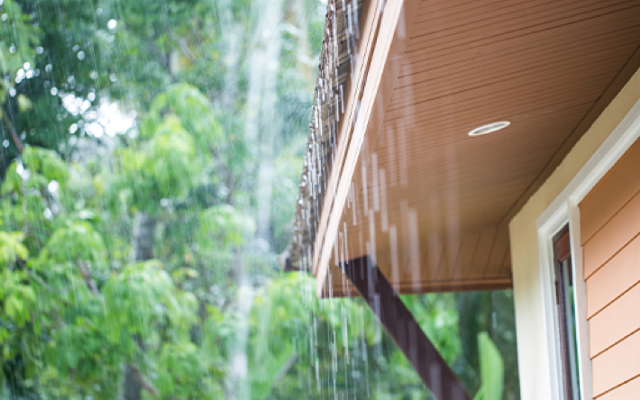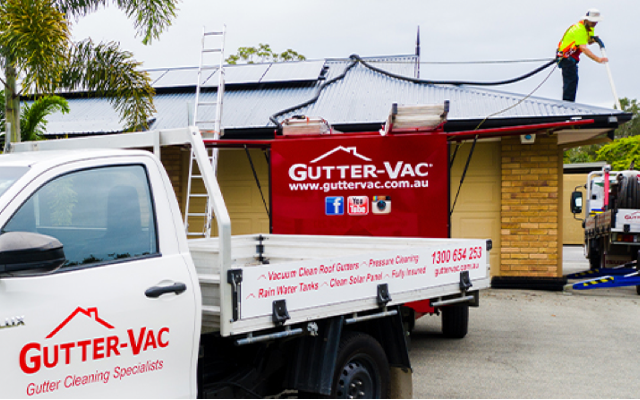Thinking of your water bill with dread? There is a simple and free alternative.
Especially if you are in area where water shortages are on the rise, it is always good to have a back up plan.
Why not invest in rainwater? It is possible to be self-sufficient, eco-friendly, and reduce your mains water bills by 100%.
The easiest way to harvest rainwater is by installing a water tank.
The initial outlay of a tank may be a tad expensive, but it pays off in the long term. After all, we use water everyday, and every little bit can make a difference. Rainwater has a multitude of uses. It can be used for the garden, laundry, and home cleaning.
Garden lovers rejoice
Have you ever noticed how lush and green the garden is after a good drenching of rain? Natural rainwater isn’t chlorinated, and is higher in nitrogen than regular tap water. These factors are great to boost your buds, according to leading green thumbs. Your indoor plants will love it too.
Cut costs
The comforting sound of rain pattering on your roof can also be music to your budget.
The quality of water flowing from the gutter can affect filtration costs. Filtration technology is largely simple and easy to maintain. Yet, when rainwater flows down into the tank – the dirtier the water, the quicker the filtration system needs to be changed. It all starts with a good gutter!
Have you checked out Gutter Guard yet? It keeps leaves and debris out of the rainwater collection system. If there is a lot of organic matter going into the rainwater tank, it will break down, and cause smelly rancid water.
Another budget-friendly benefit is that rainwater is naturally ‘softer’ than tap water, which may lesson the need for fabric softener when washing clothes. However, you need to make sure the harvested rainwater is suitably filtered to prevent discolouration on laundry items.
Is it safe to drink?
With the right filtration system, rainwater can be used for drinking. Some say it is even tastier than tap water.
There are options when it comes to choosing a filter system. For instance, some people opt for a “first flush” device to divert the initial few litres to the garden to eliminate any coarse debris. Not to mention, a well-maintained roof is key to optimise water purification.
Refer to the Australian Environmental Health Committee for further advice on water quality and testing.
Most filter canisters should be changed every six months or so, depending upon the amount of sediment they collect. If you notice the water pressure dropping in your system, it is a sign that your filter needs changing.
How to choose a tank
If you have decided to install a rainwater tank, the next step is to find one that best suits your needs.
Firstly, estimate how much rainfall is expected in your area. Search the Bureau of Meteorology to get an idea. The tank size will also vary depending on where you live. You may want a larger tank for more security in scarce rainfall areas.
Consider what purpose you are using the water for. A large garden irrigation project will obviously need more water for example.
Next, calculate how much water your roof can harvest. Multiply your rainfall (mm) by roof surface area (m2). Here is a handy calculator by Tankulator.
Depending upon the size of your backyard, you may want to consider whether an underground tank, or above ground tank is best.
Once you have established this, it is important to stay within council guidelines to prevent flooding issues, and correctly manage overflow.
Did you know Gutter-Vac also offers a tank cleaning service to leave your water crystal clear, and ready to go? Get in touch for a free quote.








